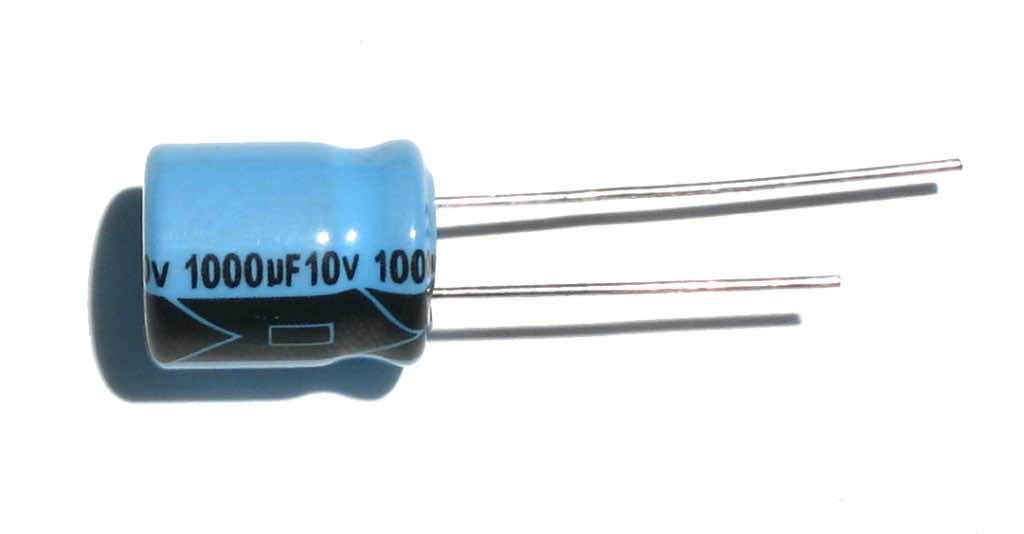Introduction
Once known as condenser, the capacitor is essentially a passive two terminal electrical component whose purpose it to store energy in an electric field electrostatically. Although records vary but many believe that a German scientist, Ewald Georg von Kleist, created the first capacitor back in 1745. The practical forms of the capacitor vary greatly but the constant part includes two electrical conductors that are separated by a dielectric (insulator). The dielectric is included to increase the charge capacity of capacitor.
How does a capacitor work?
Types of Capacitor?
- Ceramic capacitors
- Film capacitors
- Film power capacitors
- Electrolytic capacitors
- Supercapacitors
- Class X and Class Y capacitors
- Miscellaneous capacitors
- Variable capacitors
Applications of Capacitors
- Power conditioning
- Power factor correction
- Suppression and coupling
- Signal coupling
- Decoupling
- High-pass and low-pass filters
- Noise suppression, spikes, and snubbers
- Motor starters
- Signal processing
- Tuned circuits
- Sensing
- Oscillators
- Energy storage
- Pulsed power and weapons
Precautionary Measures
- Make use of Brinkley Stick to discharge capacitors.
- If a capacitor is swelling; it is about to fail and you need to change it.
- Make sure you buy the correct rating capacitor as per your need.
- Examine the capacitors when they’re close to completing their life cycle as mentioned on the product packing.

